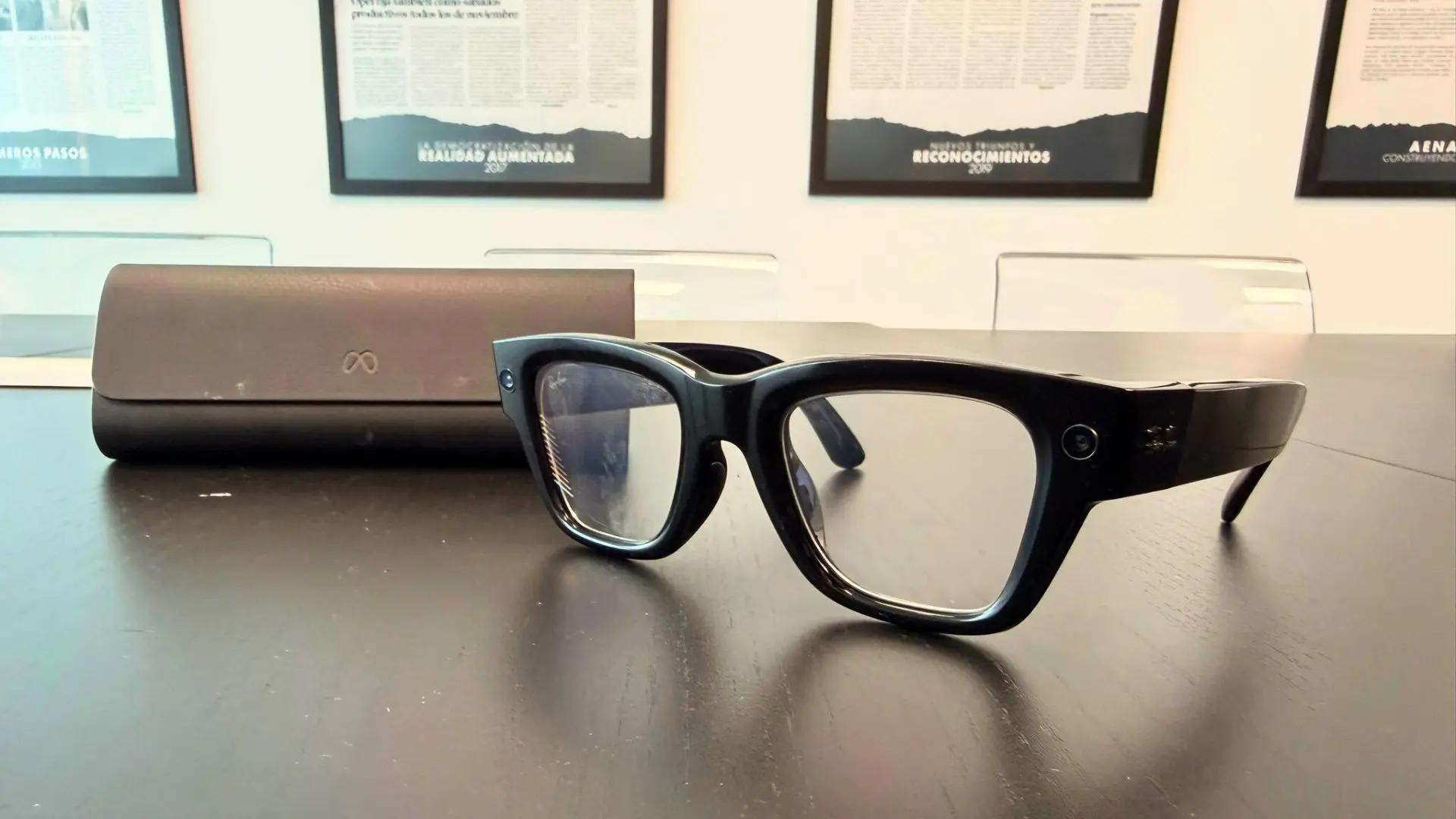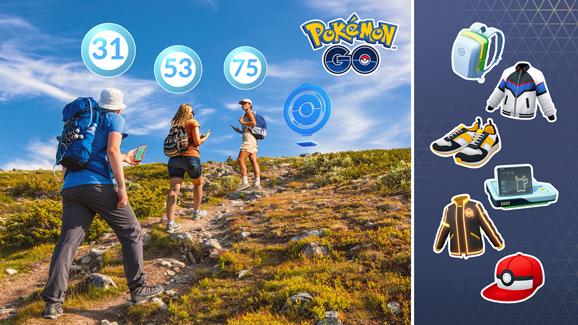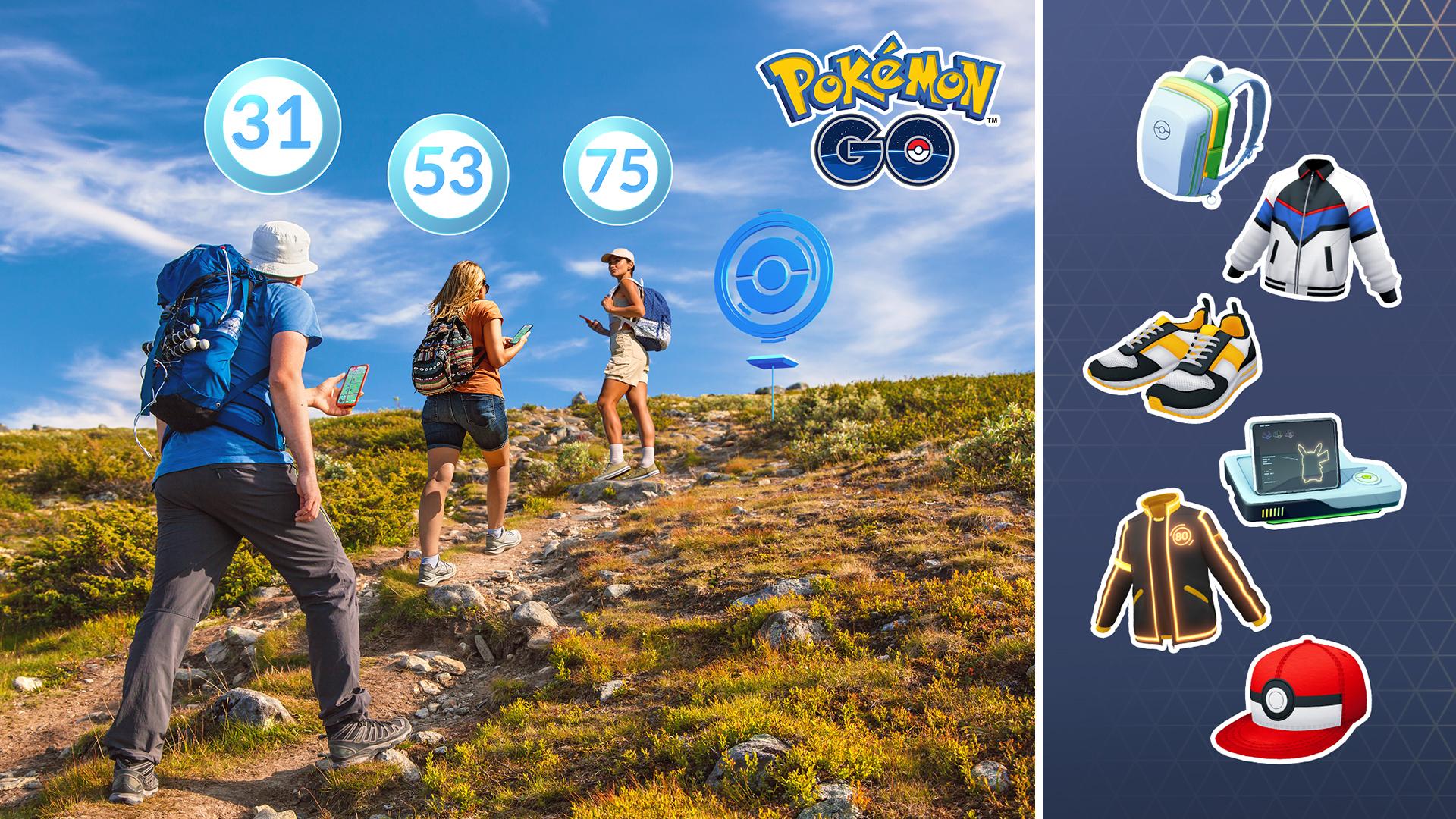Although it's not officially available in Spain yet, we were able to test the new Meta Ray-Ban display in 20-bit thanks to XR company DeuSens, which acquired the display in the US.
Probamos las Meta Ray-Ban Display antes de que lleguen a España: las gafas inteligentes más cómodas (y prometedoras) que he llevado
Based on the information received, it will be determined directly by our journalists or informed sources.
Although they are not yet officially sold in Spain, we have a new display for the META up to 20, the XR company that we bought them from in the US.
We've been hearing for years that "smart glasses will change everything".And yet they still haven't taken off.Google tried this with its legendary Glass more than a decade ago, and it ended up being... let's leave it at that.Since then, the closest thing to functional tech glasses has been either niche professional models or clunky helmets that you would never take off when going out due to the obvious discomfort.
But something is beginning to change.
More and more manufacturers are betting on glasses that don't look like science fiction. It can be worn naturally, in short, not ashamed to wear it in public.The goal: to turn it into the next big wearable, just like smartwatches are at the moment.
There are products like the Xreal Air Air 2 Pro that puts a giant screen in front of your eyes.or the TCL RayNeo X2, which has integrated translation, camera and display functions.Giants like Xiaomi or Huawei continue to develop their divisions that focus on this type of equipment.
However, at present, many do not even leave the developed country.
Then there's Meta.
Zuckerberg's company has managed to live up to the hype, and it's lived up to the hype according to everyone who's tried.
This year they took a serious step forward with the Meta Ray-Ban Display.Glasses with integrated screen, gesture control, directional audio and real-time translation.Best: They look like regular Ray-Bans.They don't attract attention.And they are very comfortable.
This is clearly different from the other big bet in the sector: helmet-type headsets, such as Apple Vision Pro, Meta Quest 3 or Mohan Project from Samsung in the future.Very powerful devices, yes, but they are impractical outside the home.Who goes to the supermarket with something that covers half of your face and weighs more than half a kilo?
Smart glasses win here.Because it is not just technology, but for integration into everyday life.The clothes of the future are not only the most advanced, but also make you forget what you're wearing.
For an hour I was able to test the Meta Ray-Ban Display thanks to the company DeuSens from Zaragoza, which bought a device in the United States and brought it to Spain, as one of the first models seen here.
One hour isn't enough to fall in love (or is it?), but it certainly makes you see the potential a tool can have.And this product definitely has that.
But what if the future of wearables isn't screens on your wrist or sci-fi helmets, but something as everyday as glasses?
A design that is not difficult to wear
The first thing that strikes you is how light and comfortable they are.They aren't stiff or heavy, nor do they make you feel like you're wearing a piece of junk.They look like regular Ray-Bans...until you realize you can ask them to take a photo of you, play music, or tell you where to go, all without taking out your phone.
And when I say they're light, I mean it: At 69 grams, they're lighter than most regular glasses.
The wristband you wear detects your movement and accuracy.Just give small signs. It's hard at first, but you learn quickly (and it can be done).This has some advantages: You don't have to raise your hand every time to respond to the law.
Meta has done a good job here: These glasses don't focus on technology at first, working on their belief in social acceptance and everyday use.After all, they don't get in your way or carry your burden.It's like you're wearing nothing, and this is one of its greatest strengths.
A screen in front of your eyes?Yes, but intelligence
The screen is monocular, non-invasive and does not interfere with the field of vision.You can pan zoom if needed, but don't expect a sci-fi-style floating screen.Outside it looks pretty good, especially when the glass darkens a bit.Inside, however, visibility is lost if there is backlighting.
In my opinion, based on a short one-hour test with them, it works better with the addition of contextual information (instructions, maps, translations) as a screen for longer reading or interaction.
That is, you're not going to watch a movie or read a long email there, but it works well for notifications, maps, or quick translations.
Sentences and Voice: Easy to learn, but in English
The entire system operates in English.From voice commands to menu navigation.Nonetheless, he knows how to talk, and with a little practice flow, you can say, "Okay, act and take a picture," and the picture will be taken.Same with video, hide or GPS navigation.
That is, because now he does not understand Spanish, which limits the potential audience, although the actual translation through the meta app partially compacts for this obstacle.This is one of the most useful functions: you speak in your language, the other person in theirs and the application acts as a translator in seconds that require glasses.Of course: When the conversation becomes complex, with long sentences or informal expressions, the AI loses.It's not perfect, but the utility is there.
Voice and calls: very powerful
Sound is one of the great achievements of the device.It sounds very good in both music and calls, and the best part is that only you can hear what's playing: the people around you can't hear anything.In addition, the glasses accurately recognize your voice thanks to multiple microphones and are not activated by external commands, which protects privacy.
It also comes with an indicator light to warn you while recording, which is essential to avoid violating anyone's privacy.
You don't need a US account (thanks Meta)
Unlike other devices, like the Apple Vision Pro, you don't need a US account to use them.They can be set up without problems with a Spanish account.In fact, in this test they were perfectly operational here, in Zaragoza, and connected to services such as Spotify.
And what are they really for?
Beyond the impact of the initial post, the big question is: What are these smart glasses?
Short answer: To do many of the things you already do with your phone, but without using your hands.And long: to put technology in your life in your own life, without the screen of your hand and your hand in your ear.Because they don't have much to show for the three-block show they do now, but they can.
During the test, I have already seen very specific uses: taking photos and videos without taking out the phone, receiving directions to the destination while walking, listening to music or receiving calls.This all works now and works well.
But the potential goes much further.
Imagine getting a notification on the screen that your train is canceled while you are at the station, without looking at your phone.Or being in the supermarket and your glasses reminding you of products you forgot to put on the list.Or when you receive a work call, you can answer with a gesture without having to stop pushing your little creature's stroller.Little things, yes.But it's the little things that make wearables really fit into the routine.
And there are also many professionals: in training, skill development, sales, industrial use, without giving your hands - it is a very big jump.From sales presentations on the street to help in the factory, by helping out or translating together at an international conference.
Of course there are still things missing.
For example, everything works in English.Yes. If Meta wants to bring this issue to the public, it's good to see what users see.
An object recognition system (automatic Ai) allows you to query the glasses you see.The answers are basic and obvious, adding practically no value.
And for now, the apps available are only those of the Meta ecosystem.There are many, yes, but development must be open to third parties.
Oh, and the price: they're currently around $800 and not officially sold in Spain.They are intended for early adopters, not for everyone.But when the price comes down – as technology often does – and the experience continues, they can become something much more.
There is a generally positive atmosphere.Finally, some smart glasses that don't look like a prototype or an accessory that will attract attention.Finally, something you can wear and feel like it fits into your routine.They're not perfect, but they're much closer than I imagined.








